Clownfish Care Guide: Diet, Breeding, Habitat & Setup
Discover how to care for clownfish—covering diet, breeding, habitat, and tank setup. Ideal for marine aquarium beginners and saltwater fish lovers!
Table of Contents
- Native Habitat of Clownfish
- The Number of Species Available
- How They Live Longer
- How Clownfish Breed
- How They Live and Survive in Pairs or Groups
- Distribution and Maximum Size of ClownFish
- How to Care for Them in a Tank
- Diet Plan for Clownfish
- Differences Between Males and Females of ClownFish
- What to Do and What Not to Do with Clownfish
- Fun Facts on Clownfish
- Faq
- Conclusion
Clownfish are perhaps the most well-known and popular saltwater fish in the aquarium hobby. With their vibrant orange color, white stripes, and distinctive swimming pattern, clownfish have been the favorite of aquarists for decades. Whether you're an experienced marine hobbyist or a beginner with saltwater tanks, knowing the natural environment, feeding habits, and general care of clownfish is crucial to keeping them healthy and thriving.

Native Habitat of Clownfish
Clownfish are indigenous to the shallow, warm reefs of the Indian and Pacific Oceans, the Great Barrier Reef, Red Sea, and coastal Southeast Asia. They are known to live symbiotically among sea anemones, whose shelter and protection they enjoy. In their natural habitat, these colorful fish are known to travel only occasionally from their host anemone, providing us a very interesting example of the mutualistic relationships that exist in nature.

The Number of Species Available
There are approximately 30 known species of clownfish, each exhibiting different colors and patterns. Some of the most well-known species include:
• Ocellaris Clownfish
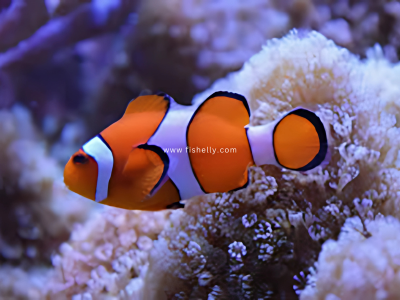
• Percula Clownfish

• Tomato Clownfish

• Maroon Clownfish

How They Live Longer
Clownfish are resilient fish with a normal lifespan of 6 to 10 years, although under perfect care, they can survive more than 15 years in an aquarium. In order to extend their lifespan, it's critical to keep water conditions stable, provide a diversified diet, and ensure a peaceful tank environment. A stress-free environment and good tank hygiene are the secrets to encouraging their longevity.
How Clownfish Breed
Clownfish breeding is one of the simpler success stories in the saltwater aquarium hobby. These fish are protandrous hermaphrodites, born male but able to switch sex if necessary. Clownfish tend to pair up monogamously, with the dominant fish becoming female. They spawn on flat areas close to their host anemone, and the male defends and fanning them until they hatch. Breeding can be induced in captivity with proper conditions and mature pairs.
How They Live and Survive in Pairs or Groups
Clownfish are social, but they are typically found in pairs or small groups. In a group, there's a clear hierarchy with one female at the top, followed by a breeding male and several non-breeding males. It's best to keep clownfish in pairs or small groups to prevent aggression. When kept with the right tank mates and enough space, clownfish are peaceful and interactive, often becoming the stars of the tank.

Distribution and Maximum Size of ClownFish
Clownfish are found throughout the Indian and Pacific Oceans, with great abundance around coral reefs and lagoons. In tanks, their size varies with the species—Ocellaris and Percula Clownfish growing to around 3 to 4 inches and Maroon Clownfish up to 6 inches in length.
How to Care for Them in a Tank
Taking care of clownfish is not very demanding, so they are great for beginners in sea aquariums. Here are a few basics:
Water Temperature: Maintain water between 74°F and 80°F (23°C - 27°C).
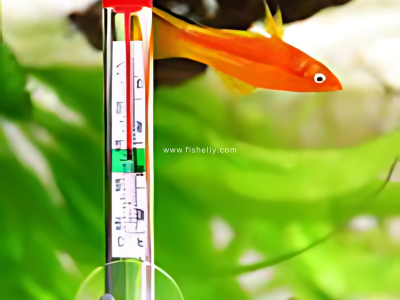
Tank Setup: A reef-safe tank with live rock, low flow, and optional host anemones works best.

Water Parameters: pH between 8.0 and 8.4, stable salinity, and minimal nitrates.

Tank Size: At least 20 gallons for a pair, larger tanks being suitable for more species or anemone hosts.
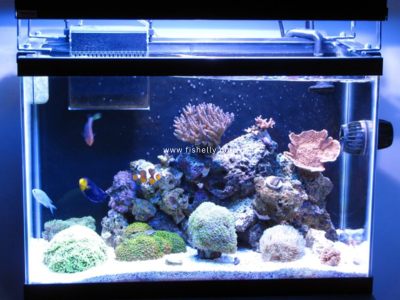
Diet Plan for Clownfish
• Omnivorous Diet: Both plant-based and meaty foods are consumed by clownfish.
• Pellets and Flakes: Feed high-quality pellets specifically designed for marine use or flakes.
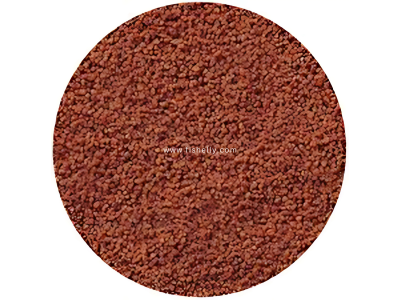
• Frozen or Live Foods: Provide brine shrimp, mysis shrimp, and cut seafood.
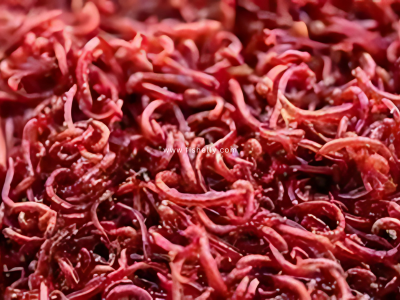
• Vegetables and Algae: Feed spirulina or seaweed strips as occasional supplements.
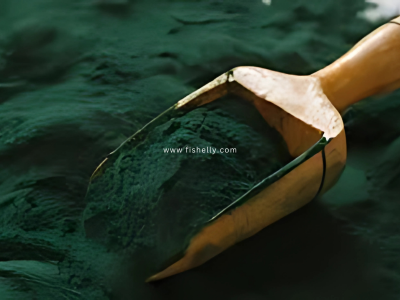
• Variety in Diet: A mix of protein and greens ensures vibrant color and good health.
Differences Between Males and Females of ClownFish
Males:
• Generally smaller than females.
• Become subordinate in a pair.
• Less dominant and do not show mating behavior unless paired.

Females:
• Larger and more dominant.
• Control the social hierarchy in the tank.
• Lay eggs during the breeding cycle.

What to Do and What Not to Do with Clownfish
What to Do:
• Offer them stable, warm saltwater environments.
• Serve a balanced, varied diet.
• Pair or keep them in small groups.
• Utilize reef-safe setups for tanks in case of housing with anemones.
What Not to Do:
• Refrain from using aggressive or large tankmates.
• Don't keep them in cycling or unstable tanks.
• Don't overcrowd the tank—clownfish require room.
• Don't make too many changes in salinity or temperature.
Fun Facts on Clownfish
• Clownfish are resistant to the sting of their host anemones thanks to a unique mucus covering.
• The "Nemo" from Finding Nemo is an Ocellaris Clownfish.
• Clownfish are capable of changing sex—once a male, they can never revert to being male.
• They have a charming "waddle swim," making them even more adorable.
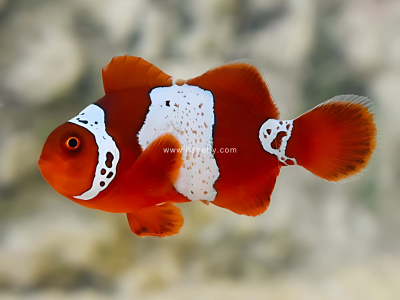
FAQ
1. What are clownfish?
Colorful, robust saltwater fish renowned for coexisting with sea anemones.
2. Where do they live?
In coral reefs and lagoons throughout the Indian and Pacific Oceans.
3. How many types exist?
Approximately 30 species, such as Ocellaris, Percula, Tomato, and Maroon Clownfish.
4. How long do they live?
10–15 years with good care.
5. How do they breed?
They spawn and attend to eggs—pairs tend to have long-term relationships.
6. Do they need a partner?
They do well in pairs or small groups.
7. Ideal tank setup?
Live rock, with optional anemones, and stable saltwater conditions.
8. What do they eat?
Omnivores—pellets, frozen food, algae, and shrimp.
9. 1 How to tell male from female?
Females are larger and dominant; males are smaller.
10. What to avoid?
Avoid aggressive tank mates, unstable water, and poor diet.
11. Are they playful?
Yes! They're active, curious, and will often "host" objects.
12. How big do they get?
Ocellaris up to 4 inches, Maroon Clownfish up to 6 inches.
13. Are they beginner-friendly?
Yes—clownfish are robust, colorful, and simple to look after.
Conclusion
Clownfish add life, color, and personality to any saltwater aquarium. Their fascinating habits, symbiotic associations with anemones, and robust nature make them a bestseller among aquarists. With good care, stable water quality, and suitable nutrition, clownfish can be a delight and enduring component of your marine tank hobby.
Got questions or tips? Drop them in the comments!






